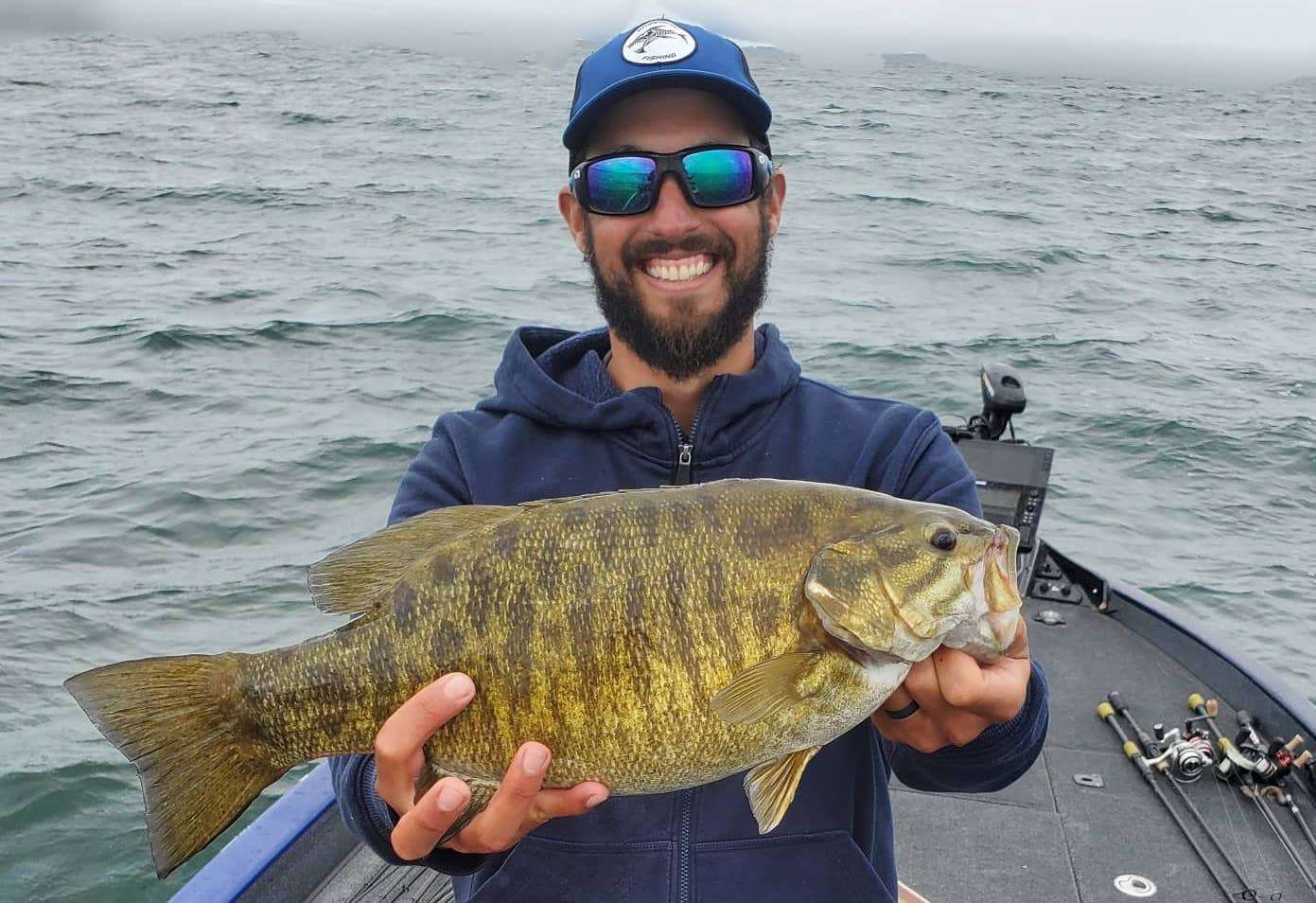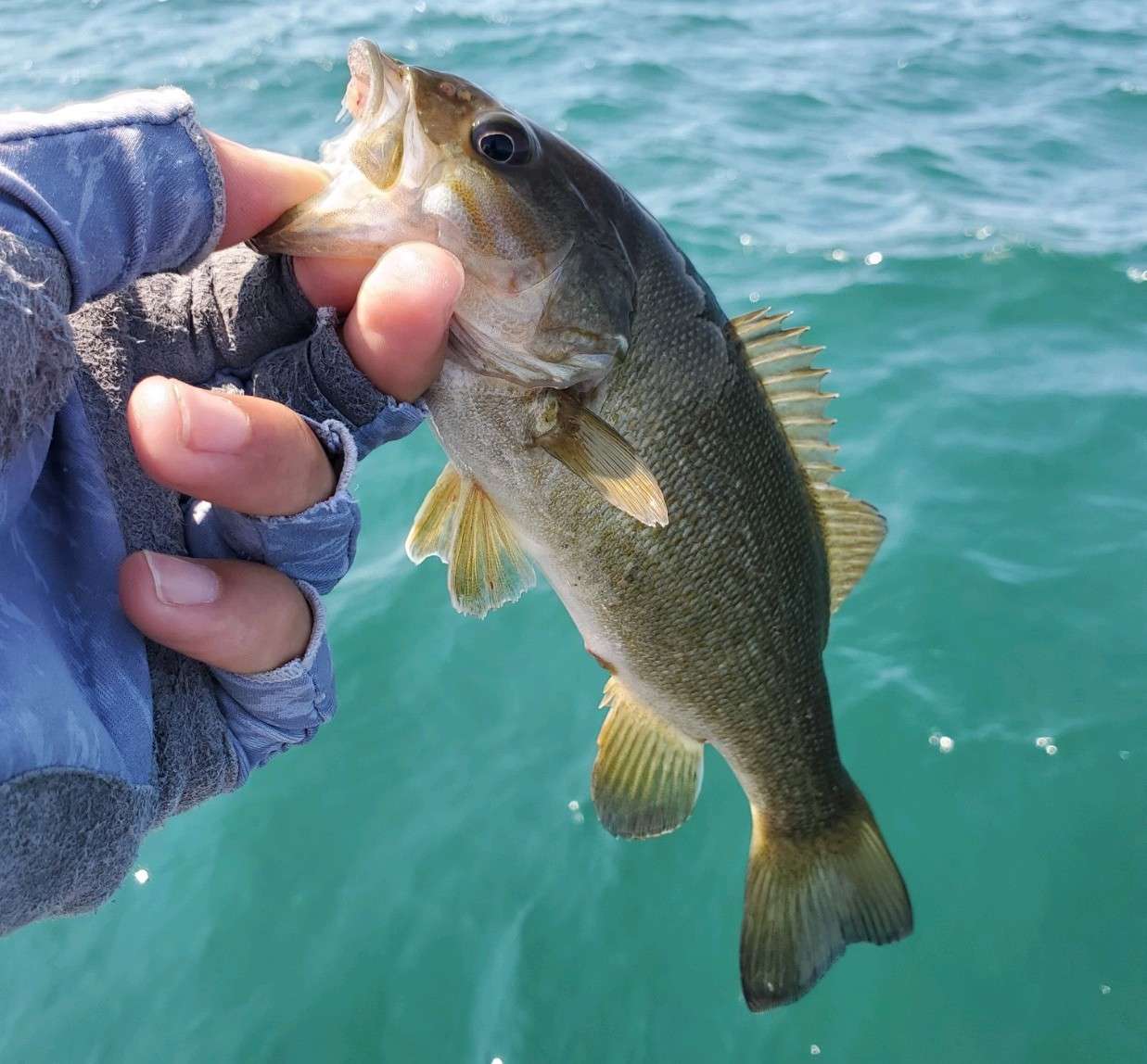
After a thorough practice effort, Destin DeMarion feels confident he can catch a bunch of fish during the Basspro.com Bassmaster Northern Open on the St. Lawrence River. His goal will be to catch five big ones each day.
Sounds like the standard tournament game plan, right? It is, but the river and nearby Lake Ontario will not make it easy this week.
With the fall transition well under way, those big schools of plump smallmouth that anglers targeted during the Farmers Insurance Bassmaster Elite at the St. Lawrence River in mid July have fractured. The big ones are still around, but they’re moving from deep to shallow and presenting anglers with a frustrating game of cat and mouse.
“It takes time, with the fish moving, thermoclines breaking up, the stronger winds, the cooler nights, fish (transitioning) from deep to shallow and moving around because the bait’s moving,” DeMarion said. “There are are lot of variables, so you have to constantly be moving and looking for them.
“I found areas with big fish in practice, went back a couple days later and it’s like ‘Where’d they go?’ I went down a hundred yards and there they were. They’re just moving a lot, so you have to constantly be on your toes.”
DeMarion found tanks in the 6-pound range, but they were few and far between. Smaller fish, he said, were exhaustively abundant.
“Obviously, they’ve had a lot of good spawns the last couple of years. That’s what it’s telling me, but for the tournament, you’re going to have to find those big fish.”
Clearly, this is a scenario that’s good for the long term; tough for the short term. As DeMarion notes, overcoming this dilemma will require craftiness and mobility.
“There’s just a crazy abundance of really small fish of 12 inches or less,” DeMarion said. “There’s just an unlimited amount of those. That looks great for the future of this fishery because those are the 1- to 2-year-old year class fish.

“One of the hardest things each day has been weeding through the smaller fish,” DeMarion said. “Logically, you’d think you could just throw a different bait, maybe a bigger bait, maybe change colors. But those small ones will eat anything — even the bigger stuff.
“Really, it’s just bouncing around, trying to find areas that have bigger fish for whatever reason. Usually, where there are smaller fish, there are bigger fish somewhere close — it’s just finding that needle in the haystack.”
DeMarion split his practice between the river and the lake. The latter has historically produced significantly larger fish, due mostly to the region’s hydrology.
The entire Great Lakes system drains in tiers, with all that water eventually flowing through the St. Lawrence River, which empties into the Gulf of St. Lawrence. When Lake Ontario’s outflow reaches the much narrower river, this constriction accelerates current.
That means river fish expend much more energy in their swift flowing environment than lake fish. The net result — lake fish grow fatter and those are the ones that usually win tournaments. Not to say that the St. Lawrence won’t produce competitive fish; it’s likely we’ll hear some in the Top 10 talk of catching their fish on river spots. However, Lake O holds the meatballs.
“I absolutely think it’s going to be won on the lake, barring any kind of crazy weather that would prevent people from getting out there,” DeMarion said.
And weather very well could be the gatekeeper, granting or denying access to the lake’s better quality. At takeoff, winds were already building big waves and presenting a daunting task for those Lake Ontario bound. The diligent few who can manage the roller coaster ride and make effective presentations may be rewarded with the difference makers.
On the other hand, daily weigh-ins will probably hear tales of tough times fraught with bone-jarring rides and stomach-twisting conditions. Fortune favors the bold, but big waters often have the final say.
DeMarion’s summary: “If you can find big fish, staying with them will be difficult. So constantly practicing during the tournament is going to be the key.”

